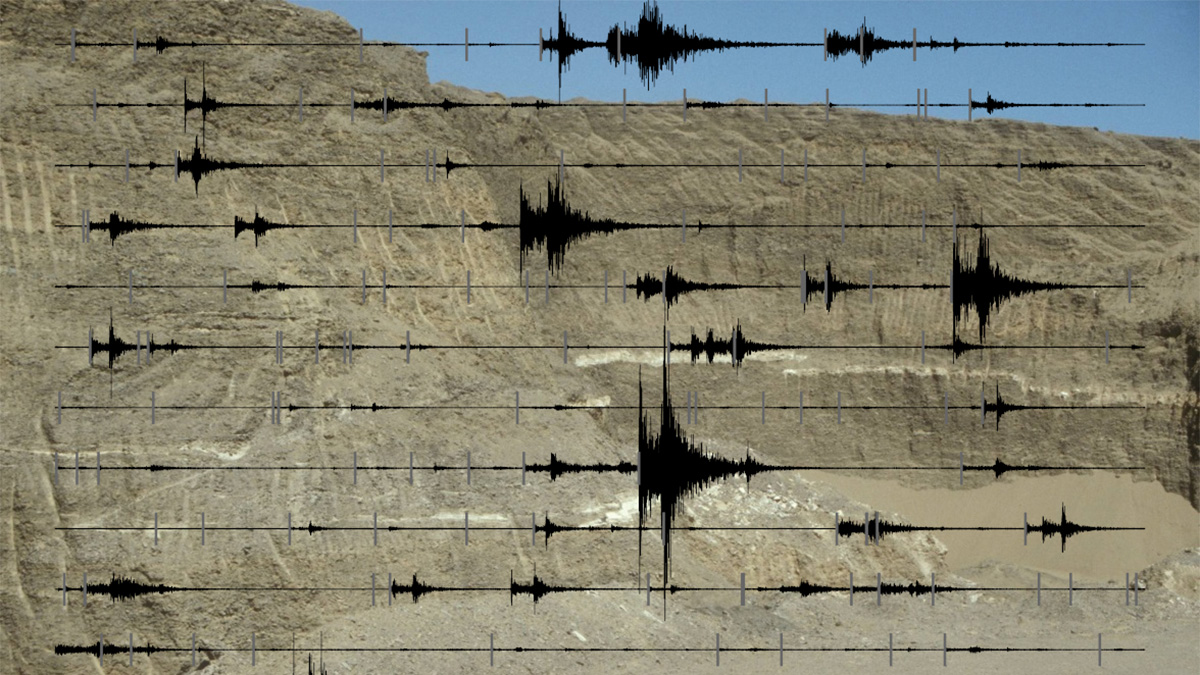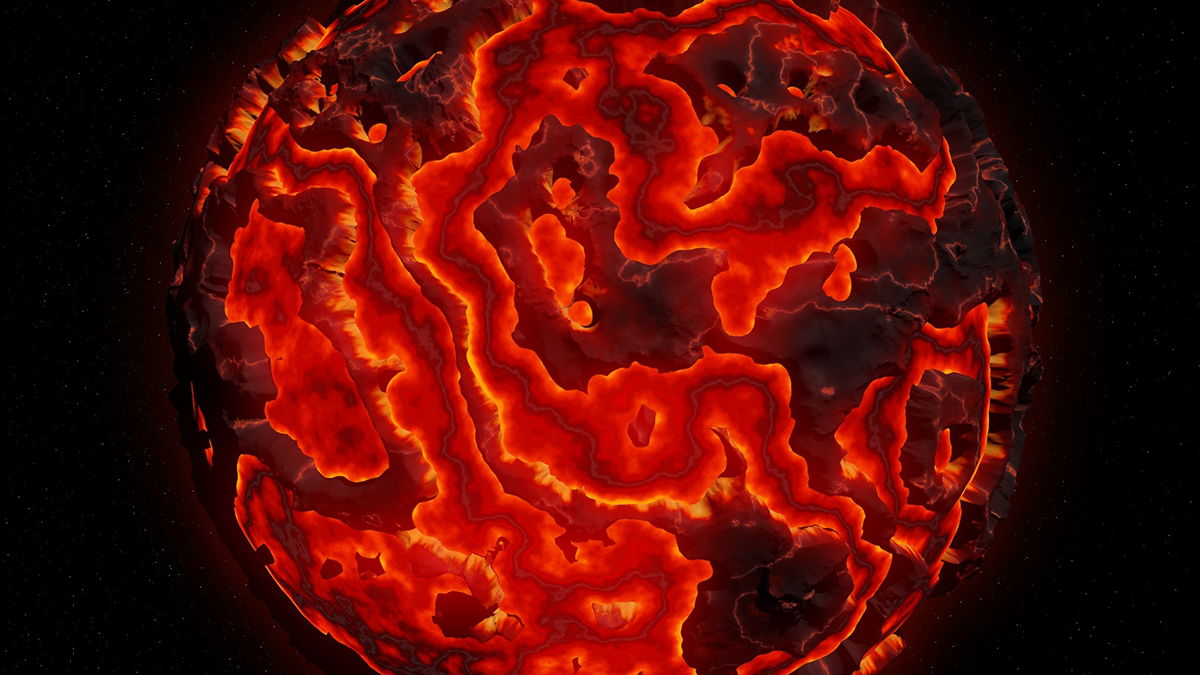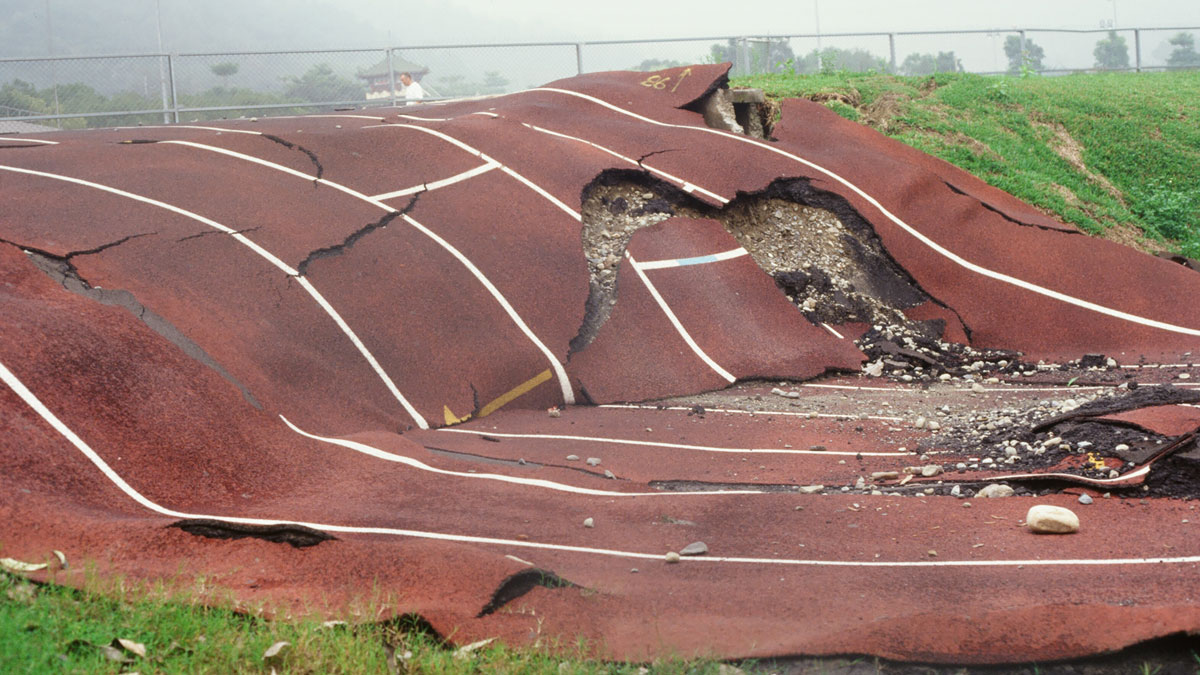Fiber-optic cables can provide a wealth of detailed data on subsurface vibrations from a wide range of sources. Machine learning offers a means to make sense of it all.
seismology
Comparing Machine Learning Models for Earthquake Detection
A new study evaluated the performance of emerging deep learning models for earthquake detection, phase identification, and phase picking.
Layered Zone Beneath Coral Sea Suggests Ancient Magma Ocean
Scientists studying South Pacific earthquakes suggest that an ultralow-velocity zone at the core-mantle boundary may be a remnant of a molten early Earth.
Neural Networks Can Identify Carbon Dioxide in Seismic Observations
By establishing a machine-driven approach to interpreting seismic observations of carbon dioxide injection, researchers hope to improve tracking of carbon capture and sequestration projects.
Observation of Shear Wave Anisotropy in the Earth’s Inner Core
Coda-correlation wavefields reveal direction-dependent inner-core shear-wave speed, ~5 s faster in directions oblique to the Earth’s rotation axis than directions parallel to the equatorial plane.
Sensing Iceland’s Most Active Volcano with a “Buried Hair”
Distributed acoustic sensing offered researchers a means to measure ground deformation from atop ice-clad Grímsvötn volcano with unprecedented spatial and temporal resolutions.
How Fault Surface Features Can Tell Us About Future Earthquakes
A new study suggests ways to quantify fault maturity, a property that affects earthquake characteristics.
Can Uranus’s Rings Reveal the Planet’s Deepest Secrets?
Planetary rings can act as seismometers that respond to changes deep within a planet.
Faulting and Folding Signals in Seismic Data
A novel numerical model simulates folding in Earth’s crust throughout the earthquake cycle.






![Figure 2 from Wang and Tkalčić [2021]](https://eos.org/wp-content/uploads/2022/01/2021GL094784-Figure-2-sized-1200x675-1.png)



